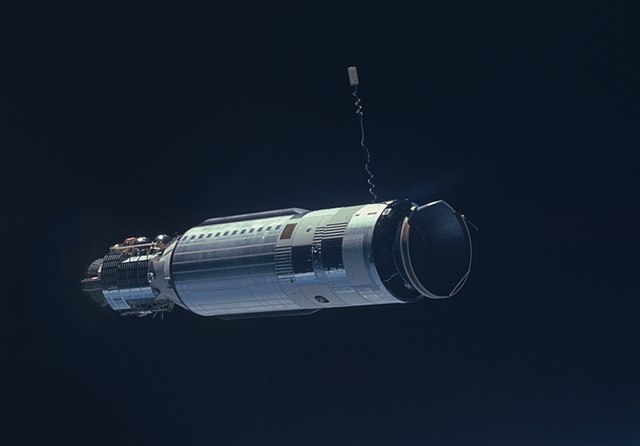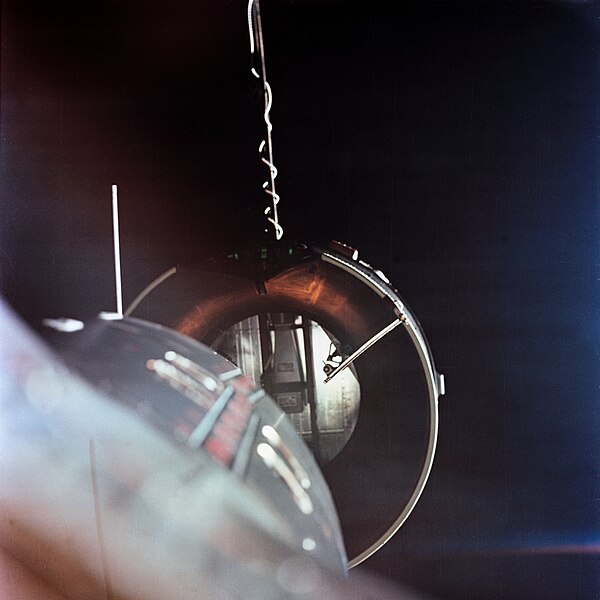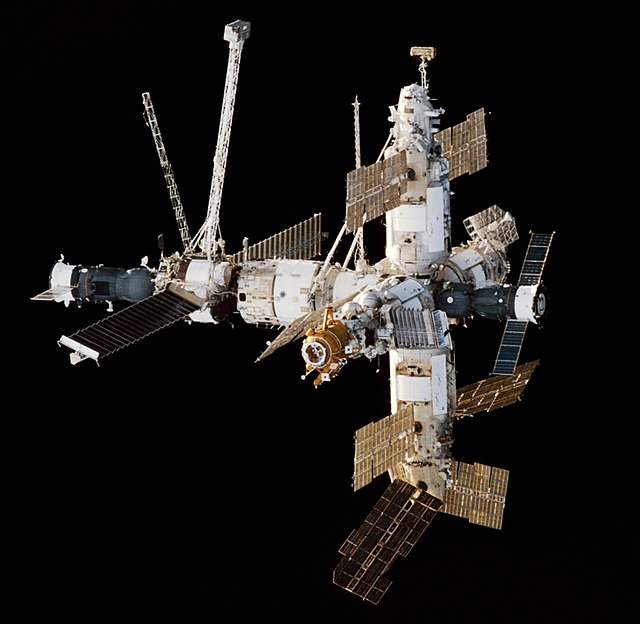Manned Orbiting Laboratory
The Manned Orbiting Laboratory (MOL) was part of the United States Air Force (USAF) human spaceflight program in the 1960s. The project was developed from early USAF concepts of crewed space stations as reconnaissance satellites, and was a successor to the canceled Boeing X-20 Dyna-Soar military reconnaissance space plane. Plans for the MOL evolved into a single-use laboratory, for which crews would be launched on 30-day missions, and return to Earth using a Gemini B spacecraft derived from NASA's Gemini spacecraft and launched with the laboratory.
General Bernard Adolph Schriever, the director of the MOL program from 1962 to 1966
MOL patch
Major General Joseph S. Bleymaier, head of the MOL System Program Office (SPO)
Foot restraints were used to prevent the astronaut from floating away from the workstations. This technique was later adopted for the International Space Station (ISS).
A space station is a spacecraft capable of supporting a human crew in outer space for an extended period of time and is therefore a type of space habitat. It lacks major propulsion or landing systems. An orbital station or an orbital space station is an artificial satellite. Stations must have docking ports to allow other spacecraft to dock to transfer crew and supplies. The purpose of maintaining an orbital outpost varies depending on the program. Space stations have most often been launched for scientific purposes, but military launches have also occurred.
Gemini 8 Agena target vehicle
Gemini 8 docking with the Agena in March 1966
The U.S. Skylab station of the 1970s
Mir station seen in 1998








